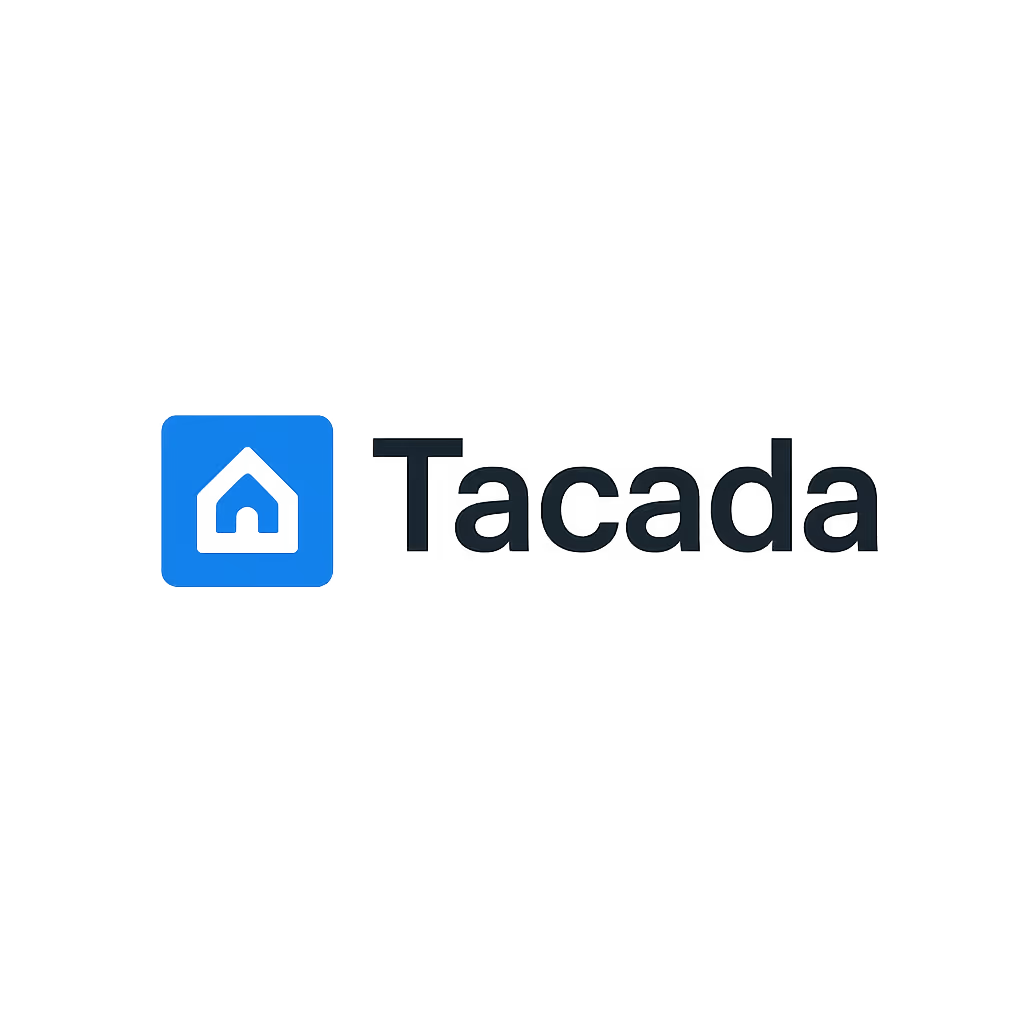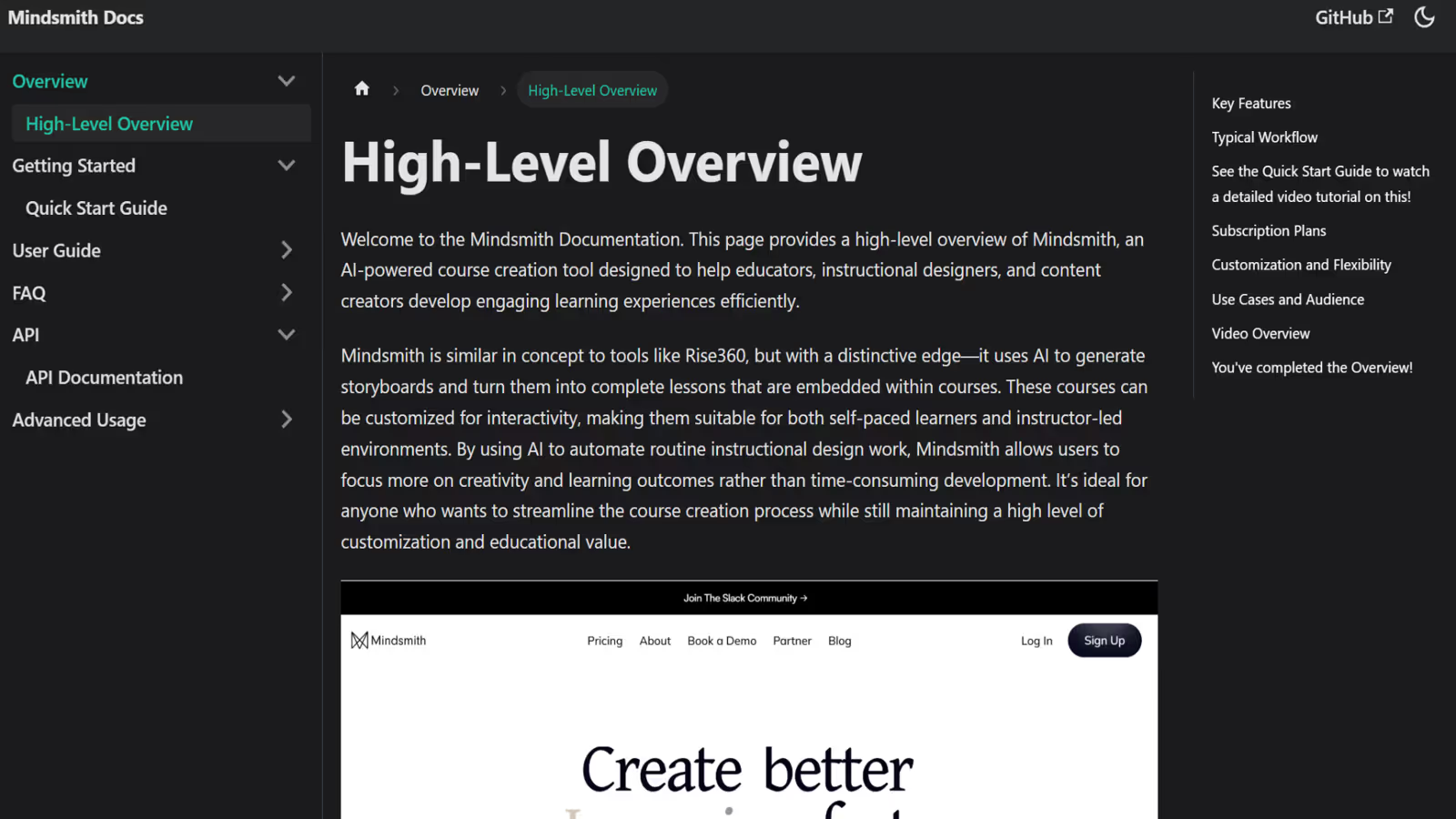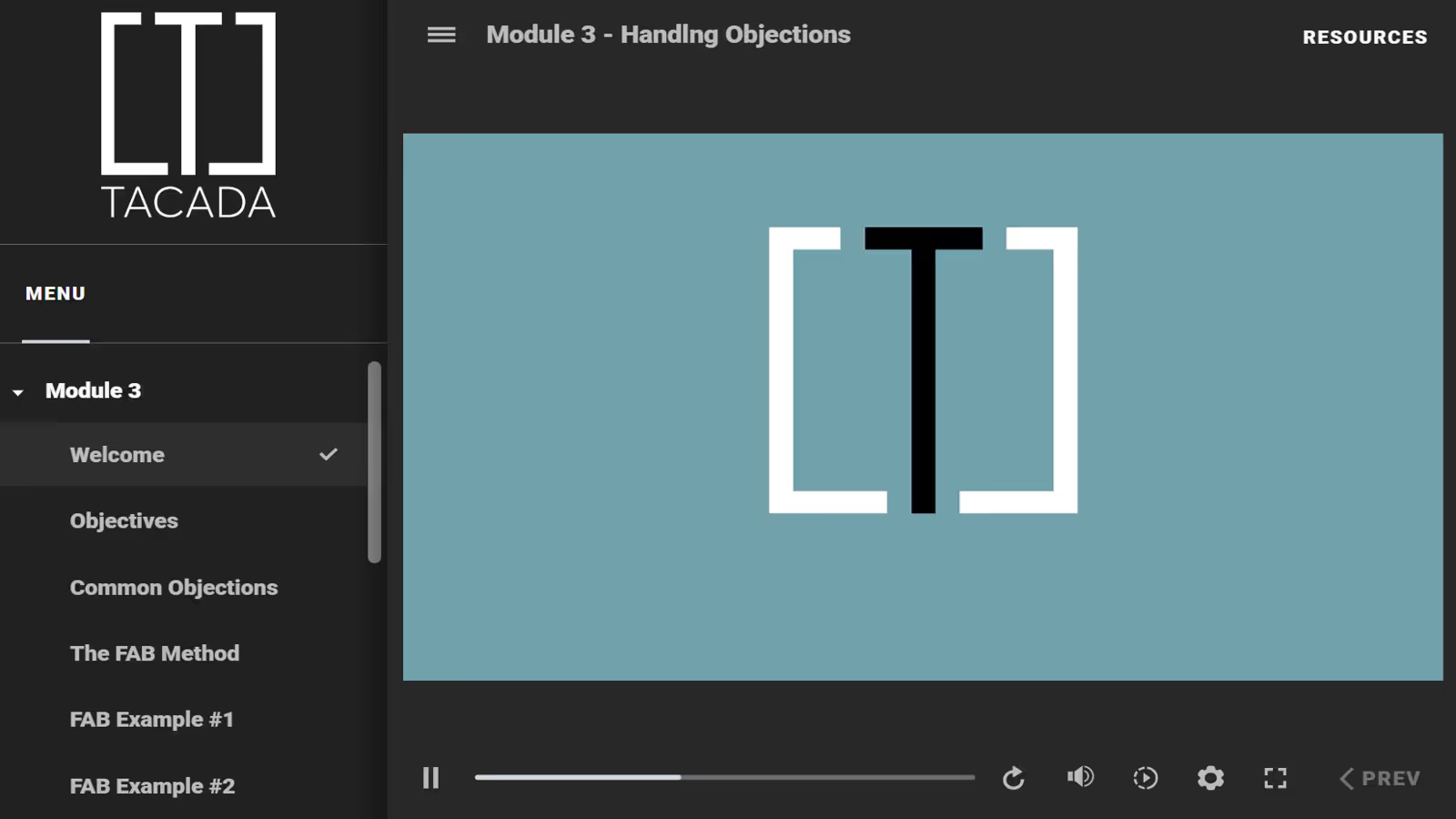






“ScaleDocs gave us the structure we were missing. The documentation was clean, clear, and made our internal workflows far easier to standardize across teams.”

"Our support tickets finally dropped after launching the new onboarding guides. Users reached activation faster and with less confusion, which made a powerful impact to our company."

“Working with ScaleDocs felt like adding a full onboarding team overnight. The docs and explainers helped our customers get value in days, not weeks. Was a Pleasure working with them.”

"An amazing experience working with ScaleDocs. Our company is quite small and we didn't have docs before. Their rate was very cheap and they got all the docs we needed in a few weeks. "



